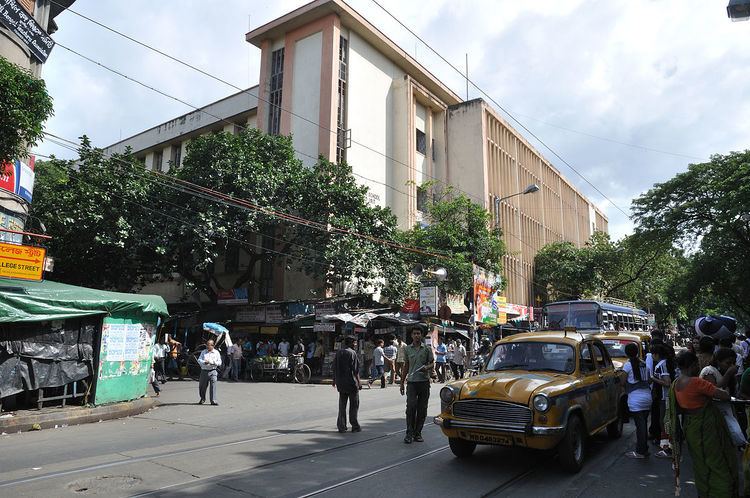Type Public Established 20th January, 1817 Category Higher Secondary Motto তমসো মা জ্যোতির্গময়ঃ Teaching staff 19 | Religious affiliation(s) Secular School board WBSEB & WBCHSE Founded 20 January 1817 Number of students 1,250 Faculty 53 | |
 | ||
Authority Address Naskar Para Road, Belur, Howrah, West Bengal 711107 Similar Salkia Hindu School (H, Salkia A S High School, Howrah Hindi High School, Hindi School | ||
Hindu School is a government-administered school in Kolkata (Calcutta), India. It is located on College Street, in the vicinity of Hare School, College Square, Kolkata, Presidency College, Sanskrit College, Calcutta Medical College and the University of Calcutta. Established in 1817, the school is the oldest modern western-type school in India and one of the oldest existing schools in Asia. The school is declared as a "National Heritage in institutional education, History and Social Reform" by the Government of India. This institution is nicknamed as the Eton of the East from the British era for its academic excellence during the Bengali renaissance era and afterwards.
Contents
The school was established as Hindu College in 1817 by Raja Rammohan Roy, David Hare, Radhakanta Deb, Rasamay Dutt, Baidyanath Mukhopadhya, Sir Edward Hyde East and other educationists. In 1855, the pathsala part of Hindu College became Hindu School and the other part (mahapathshala) became Presidency College (now Presidency University). Before this separation the students under the age of 14 were taught in the junior section pathsala. The date of establishment of Hindu College is considered the establishment date of both Hindu school and Presidency College.
History
Situated in the heart of the city of Kolkata (Calcutta) – the cultural capital of India - opposite to Presidency College, amidst College Square, Sanskrit College, Hare School, Coffee House and University of Calcutta, Hindu School is reputed to be one of the oldest and leading institutions for education in India. It was established in 1817 by stalwart educationalists like Maharaja Radhakanta Deb, David Hare, Diwan Baidyanath Mukhopadhya and others in a visionary and ahead-of-era intention to impart modern education to the young students in European and Oriental subjects.
Prior to the advent of the British in India, the indigenous primary schools of Bengal taught very little beyond Bangla, simple Arithmetic and Sanskrit .The tolls (local small schools run by individuals) imparted lessons in advanced Sanskrit, grammar and literature, theology, logic and metaphysics. This was not enough to satisfy the aspiration of the enlightened Indians like Raja Rammohun Roy, who felt that the process would only “load the minds of youths with grammatical niceties and metaphysical distinctions” without having any practical use. The necessity of learning English was also keenly felt by people who had to carry on a constant interaction with the British businessmen.
At the same time, during the early nineteenth century there was a distinct intellectual awakening in Bengal Society. The luminous rays of modern knowledge, education and thought process, influenced by European culture and impacted by British rule, had affected the contemporary life very materially. Various protest movements, formation of societies and associations, religious reform movements, emergence of new styles in Bengali literature, political consciousness, and other socio-political phenomena were a few corroborative evidences of this changing mind-set. One of the most prominent outcomes of this Renaissance was the change in the curriculum taught in the schools and establishment of new schools imparting modern and practical education. The idea of establishing an English school was already prevalent. The plan of imparting English education by David Hare – one of the most prominent educationalists in the then Bengal - received general approbation and Diwan Baidya Nath Mukherjee was deputed to collect the subscriptions. Sir Edward Hyde East, Chief Justice of the Calcutta Supreme Court was invited to chair the committee and Joseph Baretto became the Treasurer. The committee succeeded in raising Rupees 1,13,179.00, the principal donors being the Maharajah of Burdwan (Tejchand Bahadur) and Gopee Mohun Thakur, each contributing Rupees 10,000.
